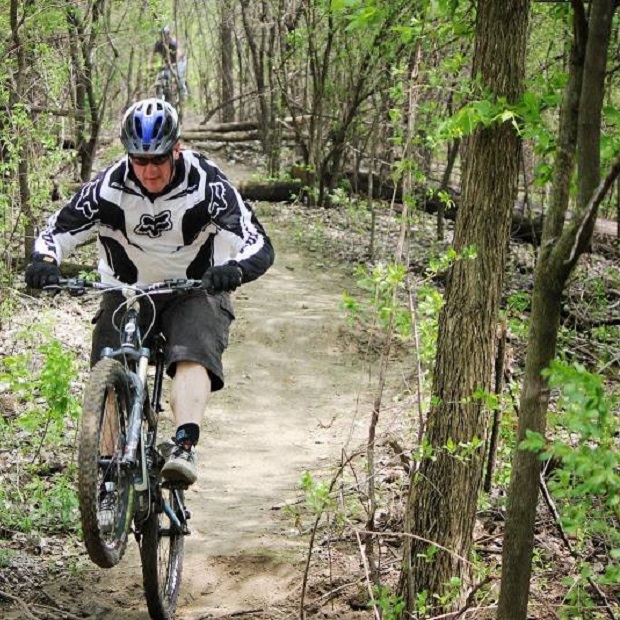With warmer spring temperatures drying out the bike trails, we thought repeating a message developed by the International Mountain Bike Association (IMBA) would be good. These tips work well for courteous conduct on both shared-use paths and lanes. Remember that yielding and passing procedures may vary in different locations or with traffic conditions. By following these six ‘Rules of the Trail,’ everyone should have a fun and memorable season.
Bike trail etiquette for a safer ride
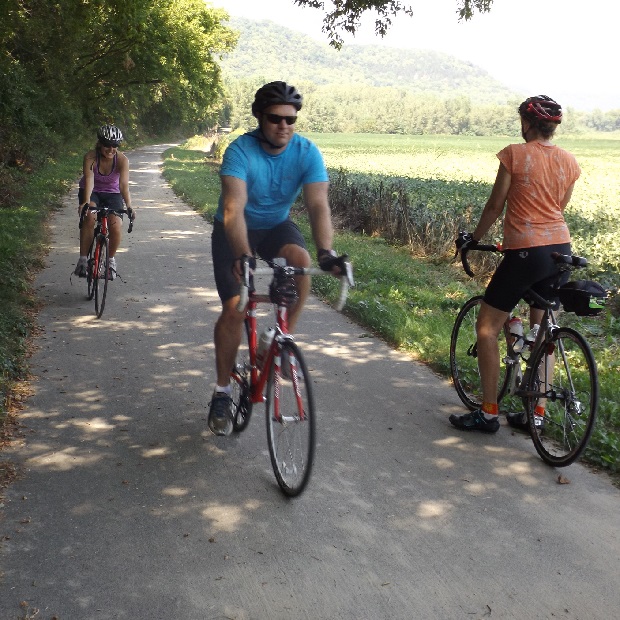
Ride open trails
Respect trail and road closures — ask a land manager for clarification if you are uncertain about the status of a trail. Do not trespass on private land. Obtain permits or other authorization as required. Be aware that bicycles are prohibited in areas protected by state or federal wilderness.
Leave no trace
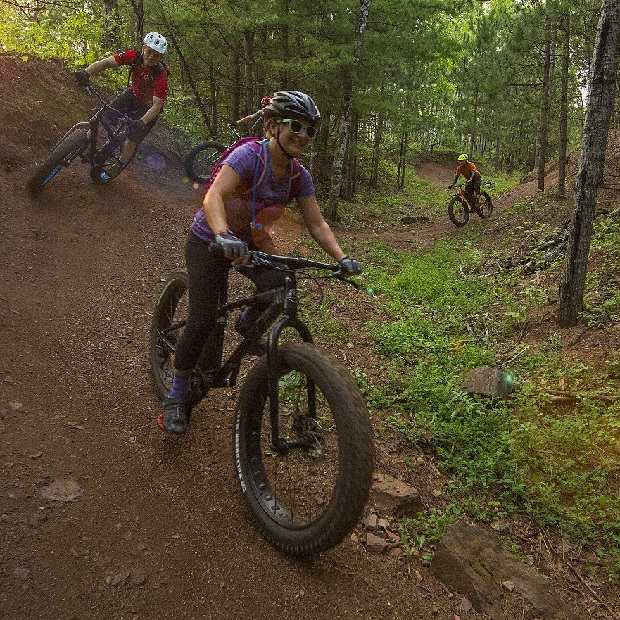
For off-road riding, be sensitive to the dirt beneath you. Wet and muddy trails are more vulnerable to damage than dry ones. When the trail is soft, consider other riding options. This also means staying on existing trails and not creating new ones. Don’t cut switchbacks. Be sure to pack out at least as much as you pack in.
Control your bicycle
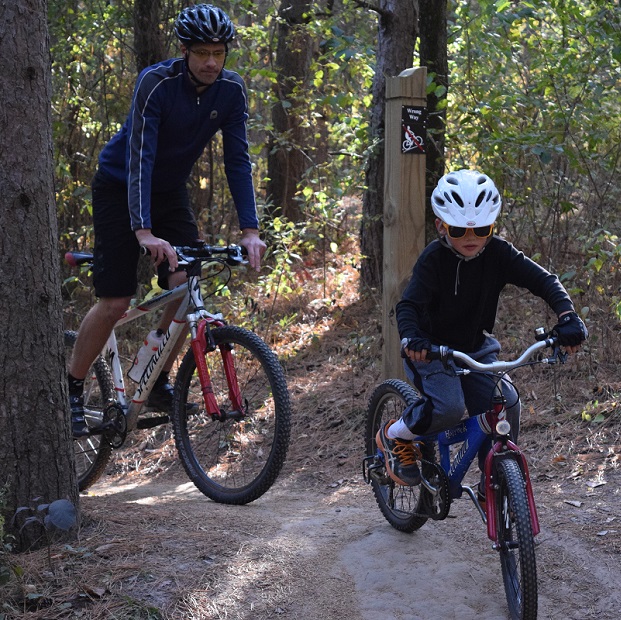
A failure to notice what’s ahead, for even a moment, could put yourself and others at risk. Obey all bicycle speed regulations and recommendations, and ride within your limits.
Yield appropriately

Do your utmost to let fellow trail users know you’re coming — a friendly greeting or bell ring are suitable methods. Try to anticipate other trail users as you ride around corners.
Bicyclists should yield to other non-motorized trail users unless the trail is signed for bike-only travel. Bicyclists traveling downhill should yield to ones headed uphill unless the trail is clearly signed for one-way or downhill-only traffic. In general, strive to make each pass a safe and courteous one.
Never scare animals
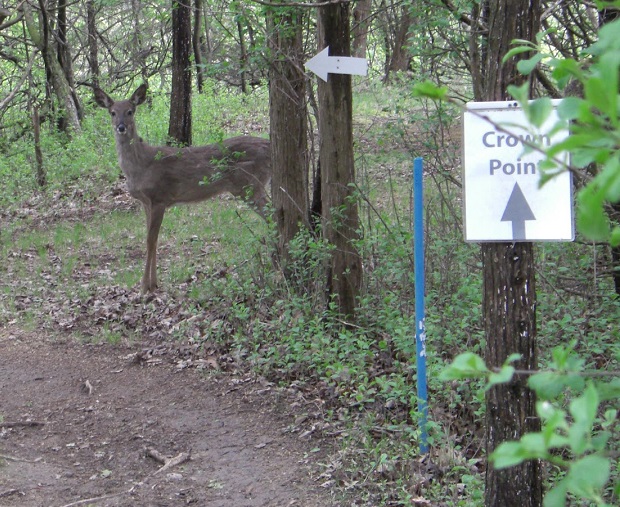
Animals are easily startled by an unannounced approach, a sudden movement, or a loud noise. Give animals enough room and time to adjust to you. When passing horses, use special care and follow directions from the horseback riders (ask if uncertain). Running cattle and disturbing wildlife are serious offenses.
Always plan ahead
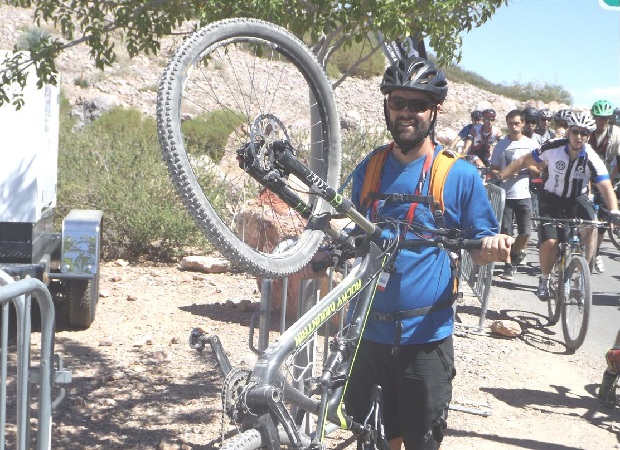
Know your equipment, your ability, and your riding area, and prepare accordingly. Strive to be self-sufficient: keep your equipment in good repair and carry necessary supplies for changes in weather or other conditions. Always wear a helmet and appropriate safety gear.
Search here at https://www.imba.com for more riding information in your area, or see the new bike guides at: HaveFunBiking.com


